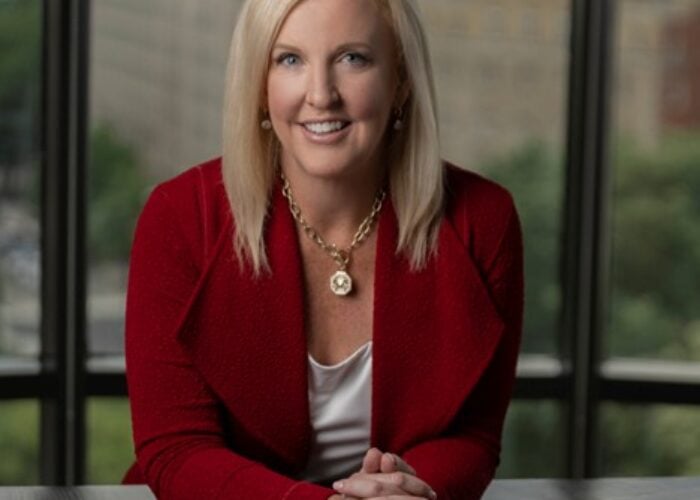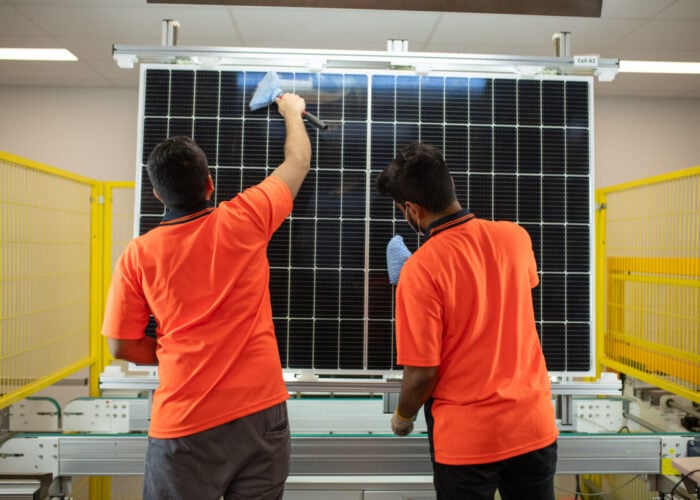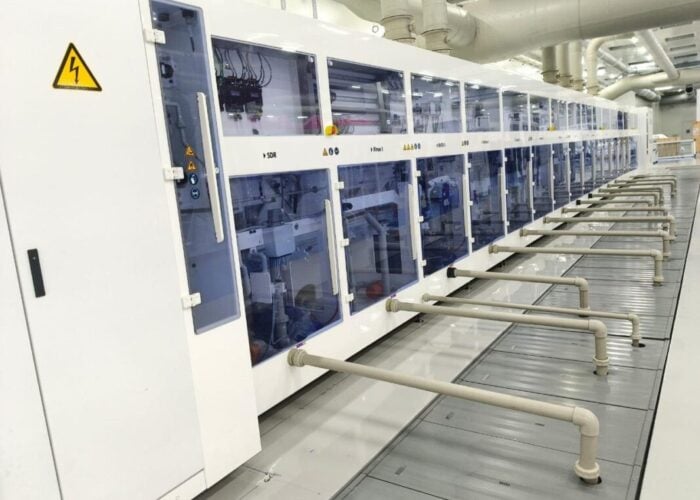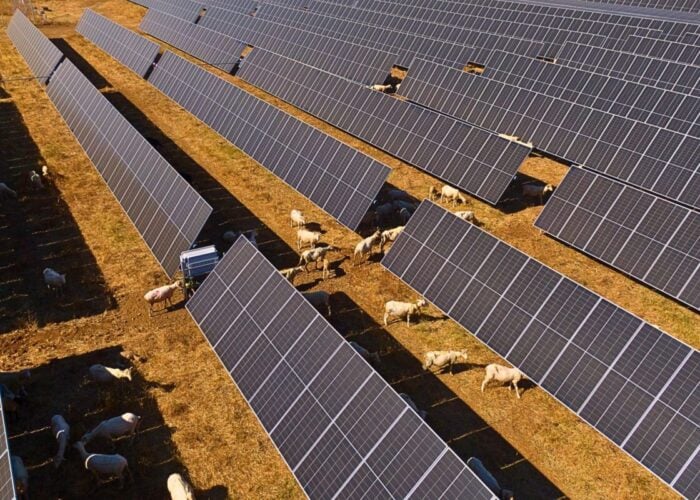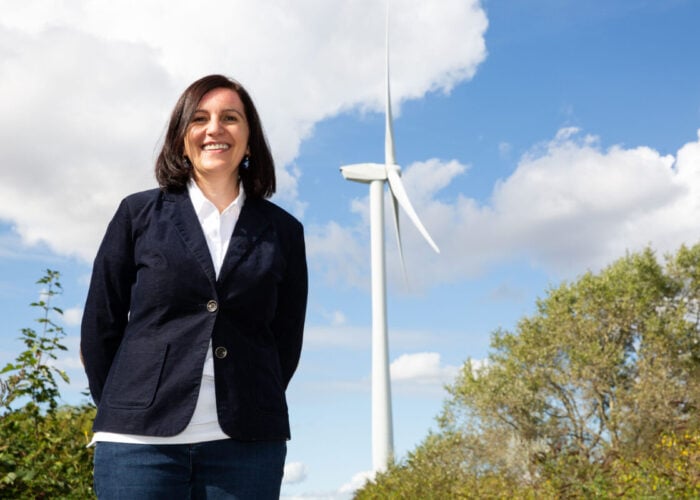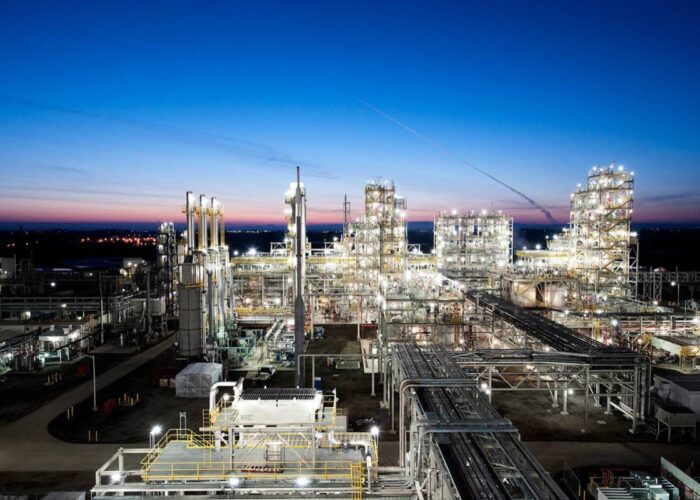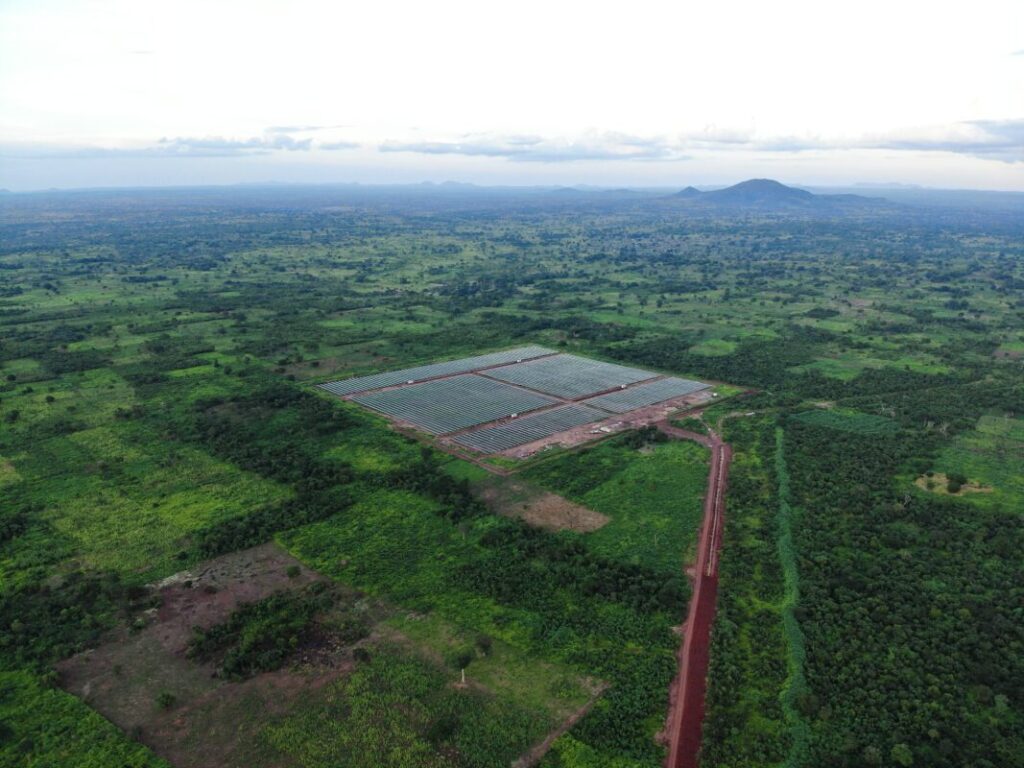
African PV installations are set to increase 42% this year, but ongoing investment barriers are preventing the continent from realising the full potential of its solar resources.
That is the headline conclusion of a report published today by the Global Solar Council (GSC), which charts the market opportunities and challenges for Africa over the next four years.
Unlock unlimited access for 12 whole months of distinctive global analysis
Photovoltaics International is now included.
- Regular insight and analysis of the industry’s biggest developments
- In-depth interviews with the industry’s leading figures
- Unlimited digital access to the PV Tech Power journal catalogue
- Unlimited digital access to the Photovoltaics International journal catalogue
- Access to more than 1,000 technical papers
- Discounts on Solar Media’s portfolio of events, in-person and virtual
According to the report, ‘Africa Market Outlook for Solar PV 2025-2028’, Africa only met 3% of its electricity demand through solar PV in 2023, despite having some of the world’s best solar resources.
It forecasts a possible 23GW of new development over the next four years but said this potential would only be realised if a key barrier for the continent – access to low-cost finance – can be removed.
“Africa’s solar potential is undeniable, and we’re seeing more African countries embrace solar than ever before to power jobs, industries, economic growth, hospitals, schools and more in both rural communities and urban centres alike,” said Sonia Dunlop, CEO of GSC. “But we are still only scratching the surface. Realising Africa’s solar potential is mission critical to meet the global target of tripling renewables by 2030, avoiding the worst impacts of climate change, and ensuring energy access and economic opportunity for all.”
New markets surging
According to the report, around 2.4GW of PV was installed across Africa in 2024, slightly down on the 3.07GW achieved in 2023. The report said this reflected a broader regional market transformation, with emerging markets displaying “remarkable growth”.
South Africa remained the continent’s market leader, as it has done for over a decade, with 1,108MW of new deployment in 2024. This was down 33% compared to 2023, which had been a record year for the country.
Egypt reached second place with 700MW of new capacity in 2024, which primarily came from two large utility-scale projects.
A number of West African countries performed strongly in 2024, with Ghana, Burkina Faso and Nigeria identified as key players. Ghana’s 2024 total of 94MW represented a quadrupling of its installed capacity, while Burkina Faso’s market grew 129% year on year, the report found.
Zambia, meanwhile, nearly doubled its capacity in 2024 with 69MW of new installations. Here, droughts have disrupted the county’s hydropower supply, providing a stimulus to PV deployment.
Looking ahead, the report provides a 2025-2028 forecast based on low, most-likely and high-growth scenarios, each considering assumptions of overall market health and policy support. In the low-growth scenario, only 9.2GW of new capacity would be achieved over the period, compared to 47GW in the “highly optimistic” high-growth scenarios.
The “most likely” medium growth scenario predicts a compound annual growth rate of 30% by 2028, leading to 23GW of new capacity.
‘Finance bottlenecks’ dampening growth
A key factor in African solar’s patchy growth and uncertain prospects is the ongoing issue of access finance, which has long been recognised as a brake on PV deployment in the continent.
According to the report, the cost of capital in many African countries is typically between three and seven times higher than in developed countries. Although clean energy investment in Africa in 2024 reached US$40 billion, which represented just 3% of the global total and fell far short of the US$200 billion the report said was needed each year to meet energy access and climate goals.
“There is no shortage of excellent solar resources and political ambition in Africa — only a shortage of affordable capital” said Léo Echard, policy officer at GSC and lead author of the report. “Many projects are struggling to secure financing because of high interest rates, currency risks, and lack of guarantees. If we can reduce the cost of capital, Africa could become one of the fastest-growing solar markets in the world.”
The report made a number of recommendations for accelerating solar deployment in Africa.
These included expanding innovative financing mechanisms and de-risking instruments and strengthening policy and regulatory frameworks to attract more private sector investment and lower the cost of capital.
It also called for efforts to boost domestic solar manufacturing and skills to enhance job creation and energy independence.

